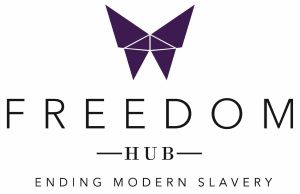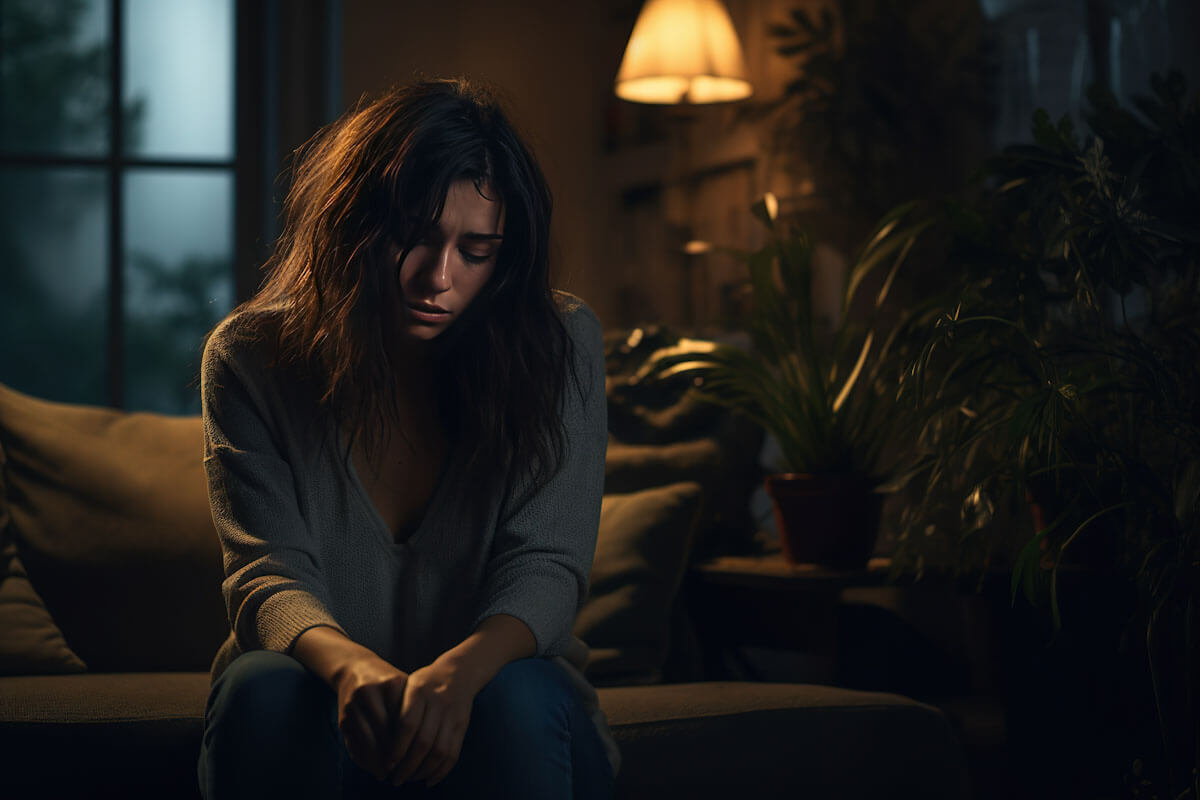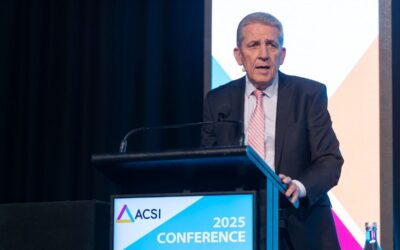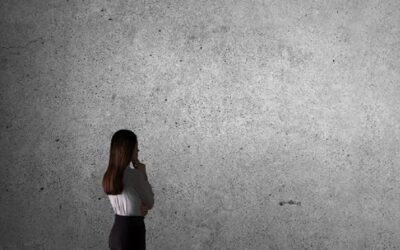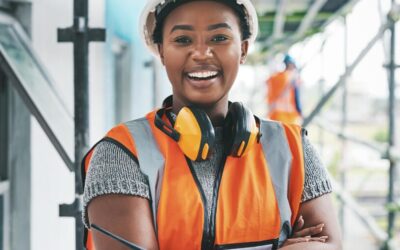Yesterday, 25 November, was the International Day for the Elimination of Violence Against Women, and it also kicked off the 2023 annual UN campaign, 16 Days of Activism. The Freedom Hub is running 16 Days of Freedom. For day two of our daily blogs, we’re going to discuss violence against women in more depth. Also we will look at how it intersects with the work The Freedom Hub does with survivors of modern slavery.
What exactly do we mean by violence?
First, let’s define and explain what we mean by “violence.”
According to Our Watch, the leading not-for-profit organisation in Australia working to prevent violence against women,
“Violence against women is any act of gender-based violence that causes or could cause physical, sexual or psychological harm or suffering to women, including threats of harm or coercion, in public or in private life.”
Despite various efforts and initiatives to address it, it is an ongoing issue in Australia. The statistics and research data continue to demonstrate the prevalence of such violence, highlighting the need for sustained efforts to prevent and respond to these acts.
Statistics in Australia*
As we briefly mentioned in yesterday’s article, gender-based violence is a widespread human rights violation, and it isn’t necessarily deterred by country, class, race, or social status. However, because we’re based in Australia, it’s essential to look at the prevalence of violence against women and girls in our country because we are not exempt from this human rights violation.
Women who have experienced violence by a current or previous partner since the age of 15:
- 1 in 6 women have experienced physical/and or sexual violence
- 1 in 4 women have experienced emotional abuse
- 1 in 6 women have experienced economic abuse
- 1 in 5 women have experienced sexual violence
Women who have experienced violence by a male(s) since the age of 15:
- 11% (1.1 million) experienced at least one incident of sexual violence by a male intimate partner
- 2.1% (203,000) experienced at least one incident of sexual violence by a male family member
- 11% (1.1 million) experienced at least one incident of sexual violence by another known male
- 6.1% (605,000) experienced at least one incident of sexual violence by a male stranger
*from the Australian Institute of Health and Welfare
But what, if anything, drives this type of violence, mistreatment, and violation?
What drives violence against women?
Gender inequality, where women and men do not have equal social status, power, resources, or opportunities, is a fundamental underlying condition for violence against women. This inequality exists at various levels in society, from economic disparities like the gender pay gap to family and relationship roles and expectations.
Some gendered drivers of violence against women include:
- Condoning of Violence: When societies or communities support or excuse violence against women, it leads to higher levels of such violence.
- Men’s Control and Limitations on Women’s Independence: Relationships in which men control decision-making and limit women’s autonomy are more susceptible to violence. This control extends to the public sphere, reinforcing the idea of women’s lower social value.
- Rigid Gender Stereotypes and Dominant Masculinity: Enforcing rigid gender stereotypes perpetuates gender inequality and contributes to violence against women, with socially dominant stereotypes of masculinity playing a direct role.
- Male Peer Relations and Cultures of Masculinity: Male peer relationships emphasising aggression, dominance, and control are associated with violence against women.
While what we said above about violence not being deterred by social status, race, or socio-economic status, there are higher rates of violence in different communities. One of those communities in Australia is the Aboriginal and Torres Strait Islander community.
Violence against Aboriginal and Torres Strait Islander women
Violence against Aboriginal and Torres Strait Islander women in Australia is a pressing issue, marked by disproportionately high rates and often more severe forms of violence. We must recognise this problem as a national priority to effectively address it. This requires tackling not only gender inequality but also acknowledging the profound impact of colonisation and racism on these communities. It’s crucial to understand that such violence is not solely an issue for Indigenous people to address; it’s a collective Australian problem. The responsibility lies with all individuals, communities, organisations, and levels of government, regardless of cultural background, to collaboratively work towards preventing violence against Aboriginal and Torres Strait Islander women and their children.
Preventing Violence Against Women and Girls
One of the critical pillars of the 16 Days of Activism campaign is preventing violence against women and girls. Violence against women is preventable. We must focus our time and energy on primary prevention and address those key drivers. This approach involves actions that challenge the condoning of violence, promote gender equality, and address broader social justice issues. An intersectional approach recognises that women from different backgrounds may experience violence differently and requires diverse, mutually reinforcing efforts to create an effective national strategy for prevention.
One of the organisations that does a great job of taking an intersectional approach is The Freedom Hub.
Slavery Survivors in The Freedom Hub Survivor School
The intersections between modern-day slavery and violence against women and girls are deeply intertwined, driven by power imbalances, gender inequality, and a disregard for fundamental human rights. The women and girls in our care have often been subjected to various severe forms of violence, further intensifying their vulnerability. This violence can include sexual exploitation, physical abuse, and coercion, perpetuating cycles of trauma and degradation. Often, violence starts as a loving relationship, which turns into emotional and physical abuse. Victims are forced to sever ties with their friends and loved ones. Their personal belongings are taken away. Slowly, their abusers take control of every aspect of their lives to the point where seeking help becomes a difficult decision to make due to shame and fear of backlash. Violence often occurs before our eyes, but we fail to identify it.
Our work towards ending modern slavery in Australia must also include a fight to end and prevent violence against women. The two are different sides of the same coin, and we can achieve so much more if we decide to work together, extending resources and information to each other as we fight for the rights and dignity of women and girls everywhere.
As a part of this series, we ask all women to share these blogs to raise awareness.
Awareness changes culture.
Awareness raises funding for NGOs working in this space.
On Facebook and LinkedIn, please just hit ‘share’. On IG, share this to your story. Let’s bring this crime to light.
If you need help or know of someone in this situation, call us: 1800Freehub (1800 3733482)
Written By: Zainab Attarwala
Get Involved
You can join our High Tea for Human Rights in Waterloo, Sydney, by clicking HERE.
You can Host your own High Tea by emailing [email protected], and we will send you information and a fact sheet to read or distribute to your guests.
Help raise awareness and join our local volunteer team; contact us here.
Or, if you’d like to opt into our monthly newsletter, opt in here.
If you would like to support our work, you can donate here.
THANK YOU FOR TAKING THE TIME TO READ OUR BLOG (Please review it or share it with others)
